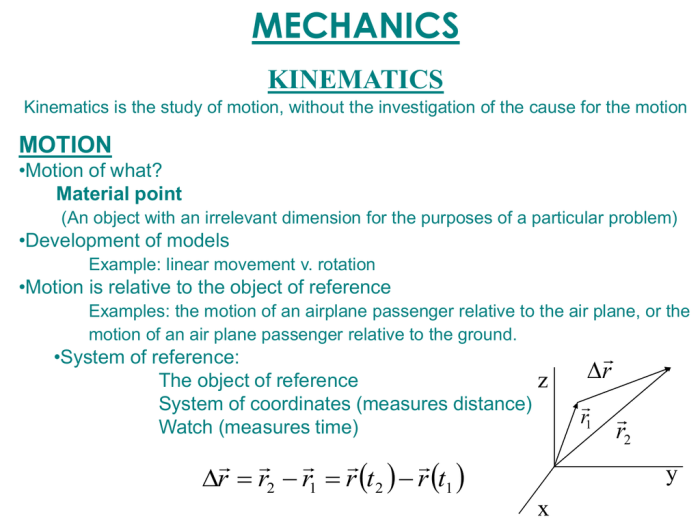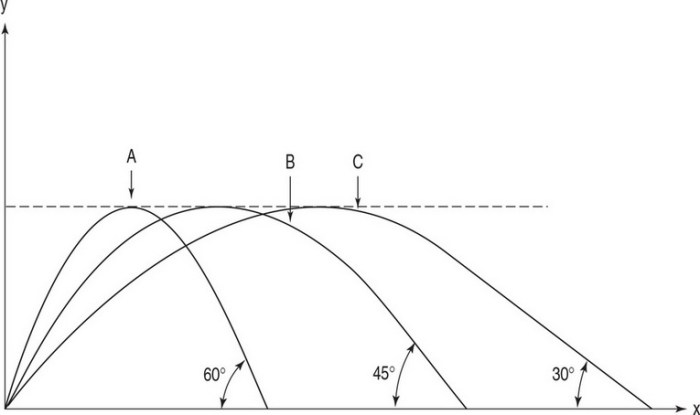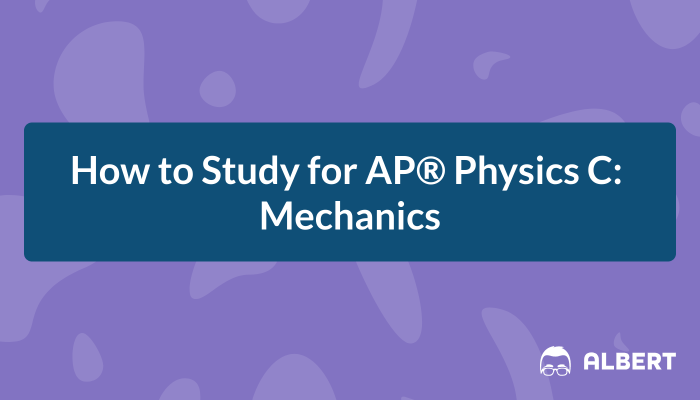Ap physics c mechanics kinematics practice problems – Delving into the realm of AP Physics C Mechanics, we embark on a journey to conquer the fundamental concepts of kinematics. This introductory paragraph sets the stage for our exploration, igniting a thirst for knowledge and propelling us towards a deeper understanding of the intricate world of motion.
As we delve into the intricacies of kinematics, we will unravel the mysteries of displacement, velocity, acceleration, and time, equipping ourselves with the tools to solve a myriad of captivating problems. Brace yourselves for an exhilarating adventure as we navigate the complexities of motion, unlocking the secrets that govern the dynamics of our universe.
1. Introduction

Kinematics is a fundamental branch of physics that deals with the description of motion without considering the forces that cause it. In AP Physics C Mechanics, kinematics plays a pivotal role in understanding the motion of objects under the influence of forces.
2. Types of Kinematic Problems

Kinematic problems in AP Physics C Mechanics can be categorized based on the concepts they involve:
- Displacement problems: Focus on the change in position of an object over time.
- Velocity problems: Deal with the rate of change of displacement, both in magnitude and direction.
- Acceleration problems: Involve the rate of change of velocity.
- Time problems: Determine the time it takes for an object to undergo a specific motion.
3. Problem-Solving Strategies

Effective problem-solving in kinematics involves:
- Identifying the given information and the unknown quantity.
- Choosing the appropriate kinematic equation based on the concepts involved.
- Solving the equation algebraically to find the unknown.
- Checking the reasonableness of the solution.
4. Sample Problems and Solutions
| Problem | Solution |
|---|---|
| An object moves with a constant velocity of 10 m/s for 5 seconds. What is its displacement? | Displacement = Velocity x Time = 10 m/s x 5 s = 50 m |
| A ball is thrown vertically upward with an initial velocity of 20 m/s. What is its maximum height? | Maximum height = (Initial velocity)^2 / (2 x Acceleration due to gravity) = (20 m/s)^2 / (2 x 9.8 m/s^2) = 20.41 m |
5. Advanced Kinematic Concepts: Ap Physics C Mechanics Kinematics Practice Problems
AP Physics C Mechanics also explores advanced kinematic concepts:
- Projectile motion: The motion of an object under the influence of gravity, such as a thrown ball or a fired projectile.
- Circular motion: The motion of an object moving in a circular path, such as a car on a curved track.
- Relative motion: The motion of an object relative to a moving frame of reference, such as a passenger on a moving train.
6. Applications in Real-World Scenarios
Kinematics has numerous applications in real-world scenarios:
- Engineering: Designing bridges, cars, and airplanes.
- Sports: Analyzing the motion of athletes and projectiles.
- Everyday life: Understanding the motion of objects in our surroundings.
Questions and Answers
What is the significance of kinematics in physics?
Kinematics plays a pivotal role in physics, particularly in mechanics, as it provides the foundation for understanding the motion of objects. It enables us to describe and analyze the changes in position, velocity, and acceleration of objects over time, laying the groundwork for further exploration in dynamics and other branches of physics.
What are the key concepts covered in AP Physics C Mechanics kinematics?
AP Physics C Mechanics kinematics encompasses a comprehensive range of concepts, including displacement, velocity, acceleration, and time. These concepts form the cornerstone of kinematics, allowing us to describe and analyze the motion of objects in one and two dimensions.
How can I effectively solve kinematics problems?
To effectively solve kinematics problems, it is essential to master a systematic approach. Begin by identifying the given information and the unknown variables. Utilize the appropriate kinematic equations and apply them step-by-step, ensuring that units are consistent throughout. Careful analysis and logical reasoning are crucial for reaching accurate solutions.